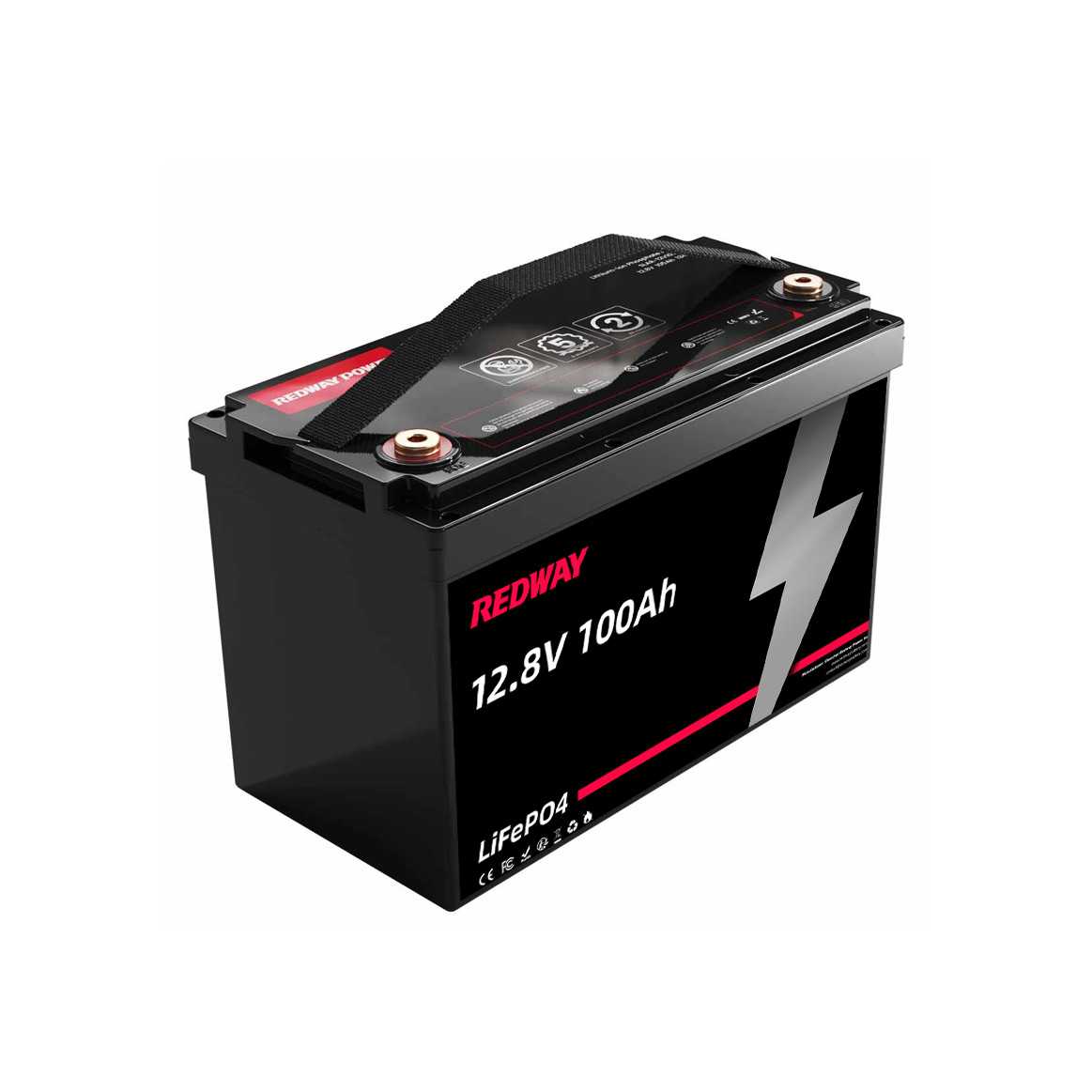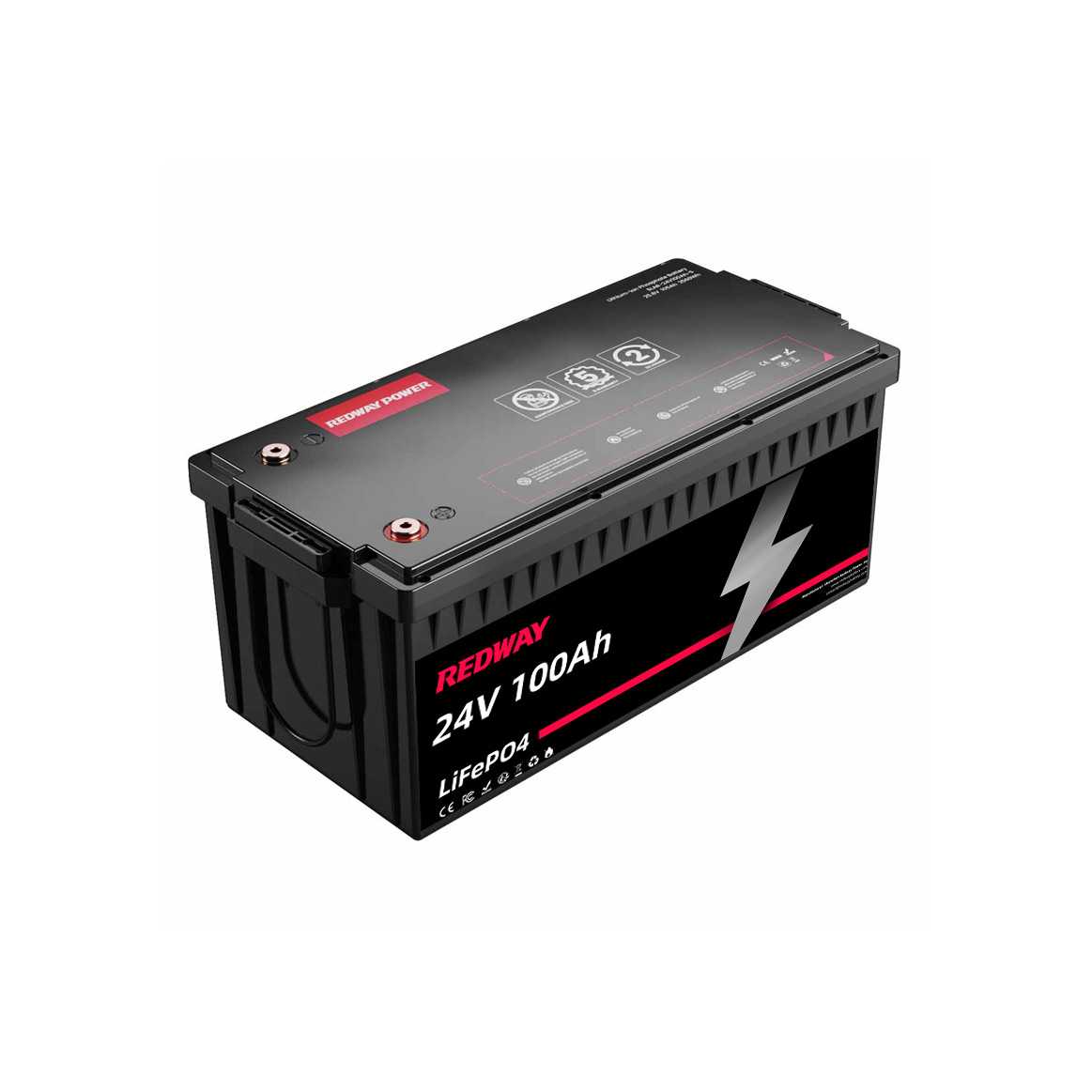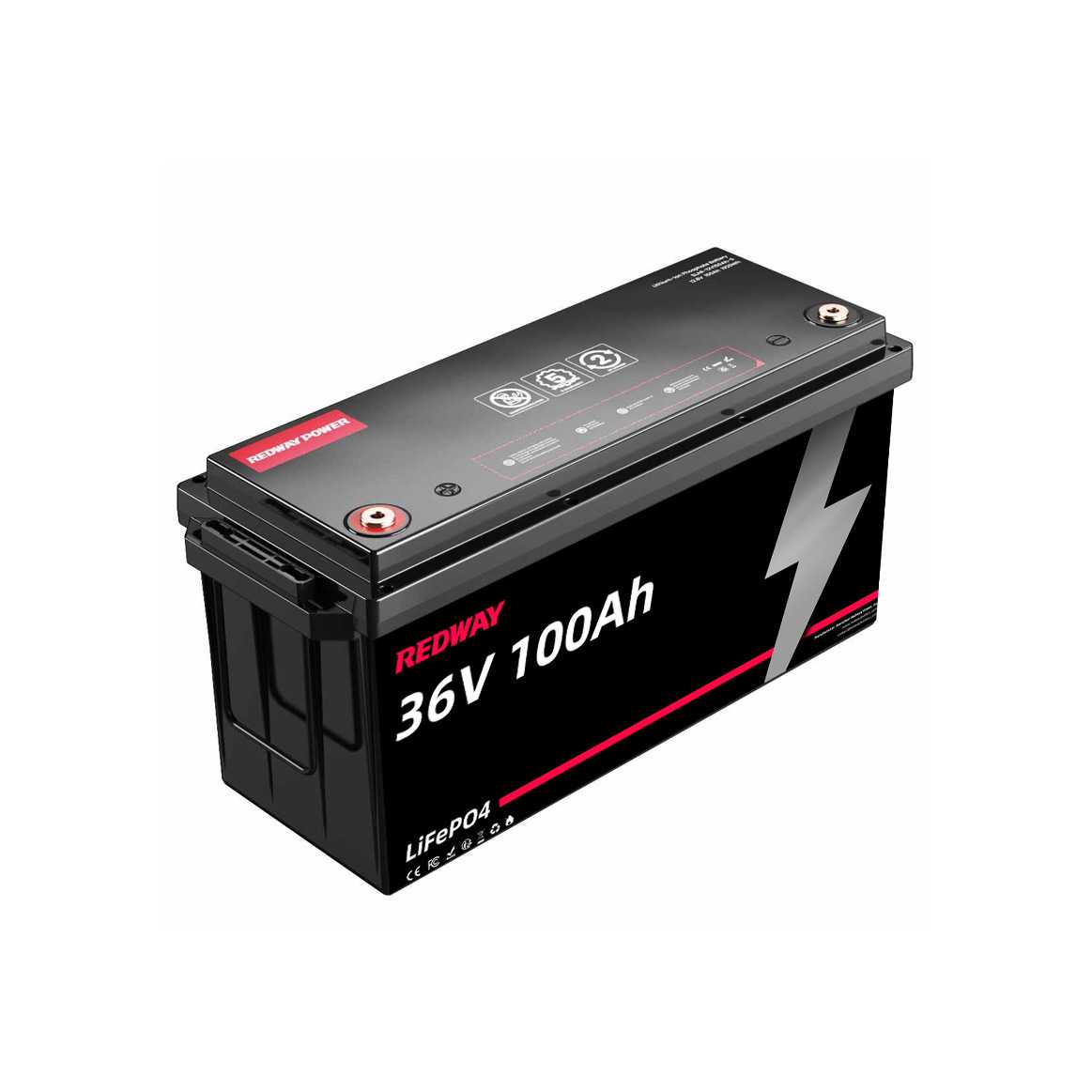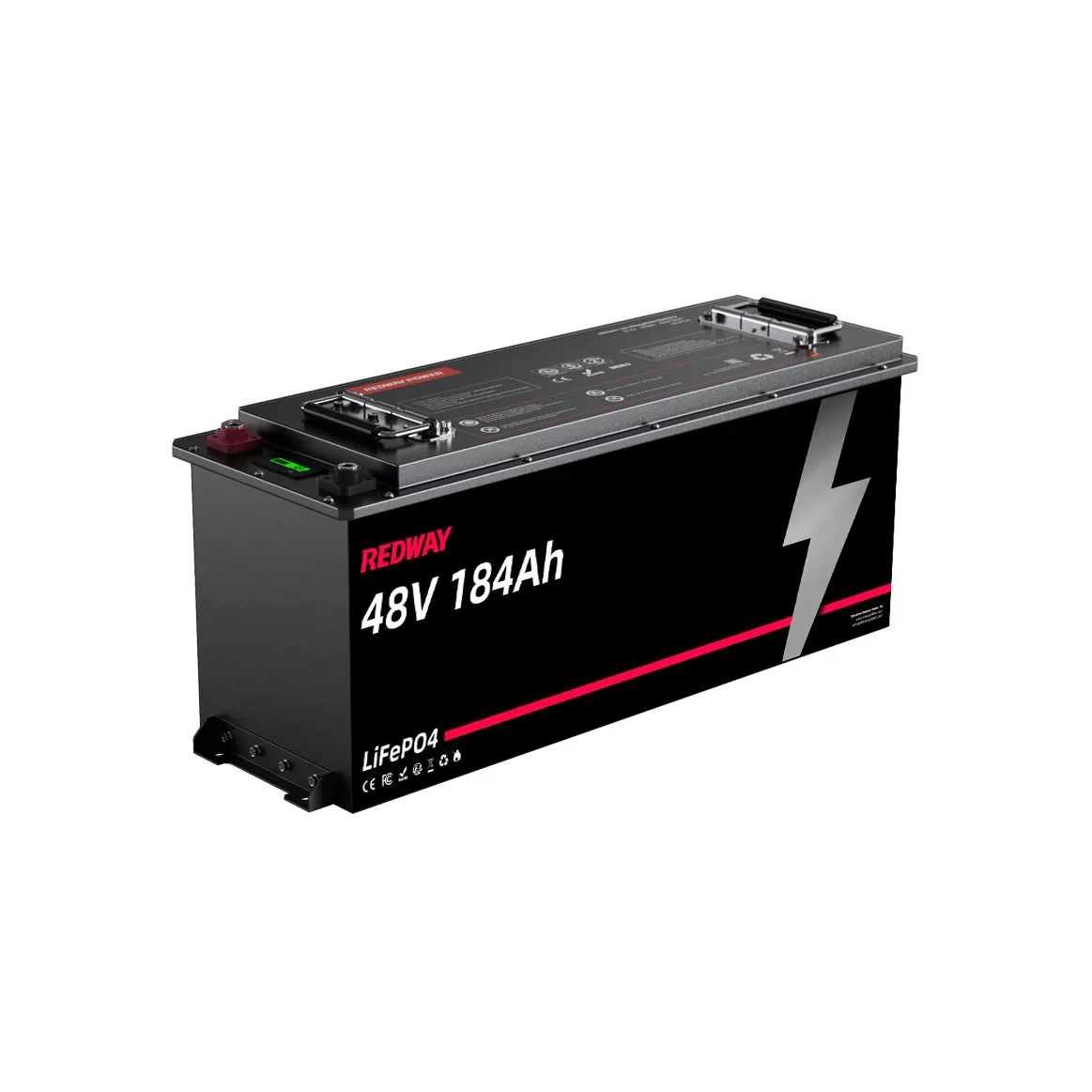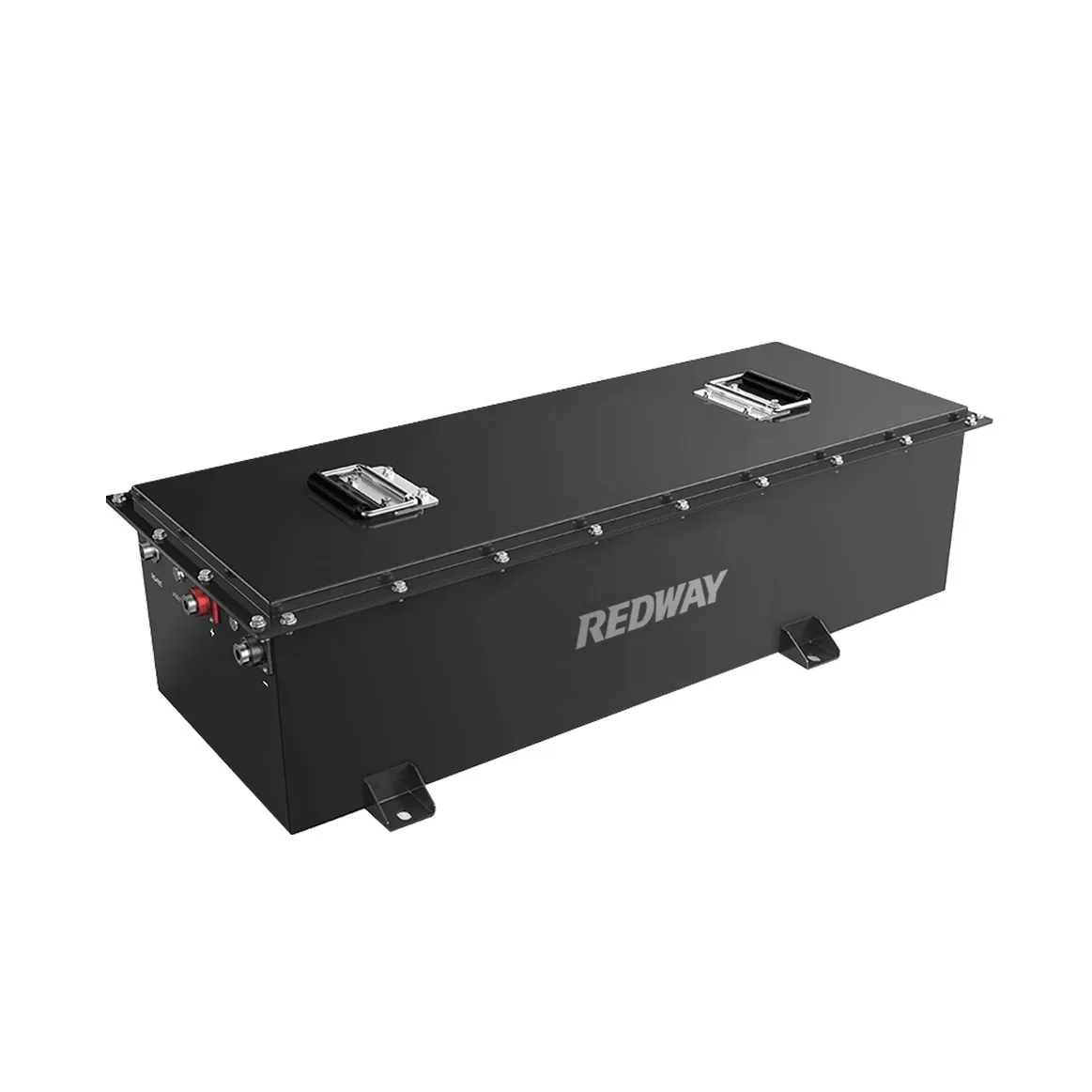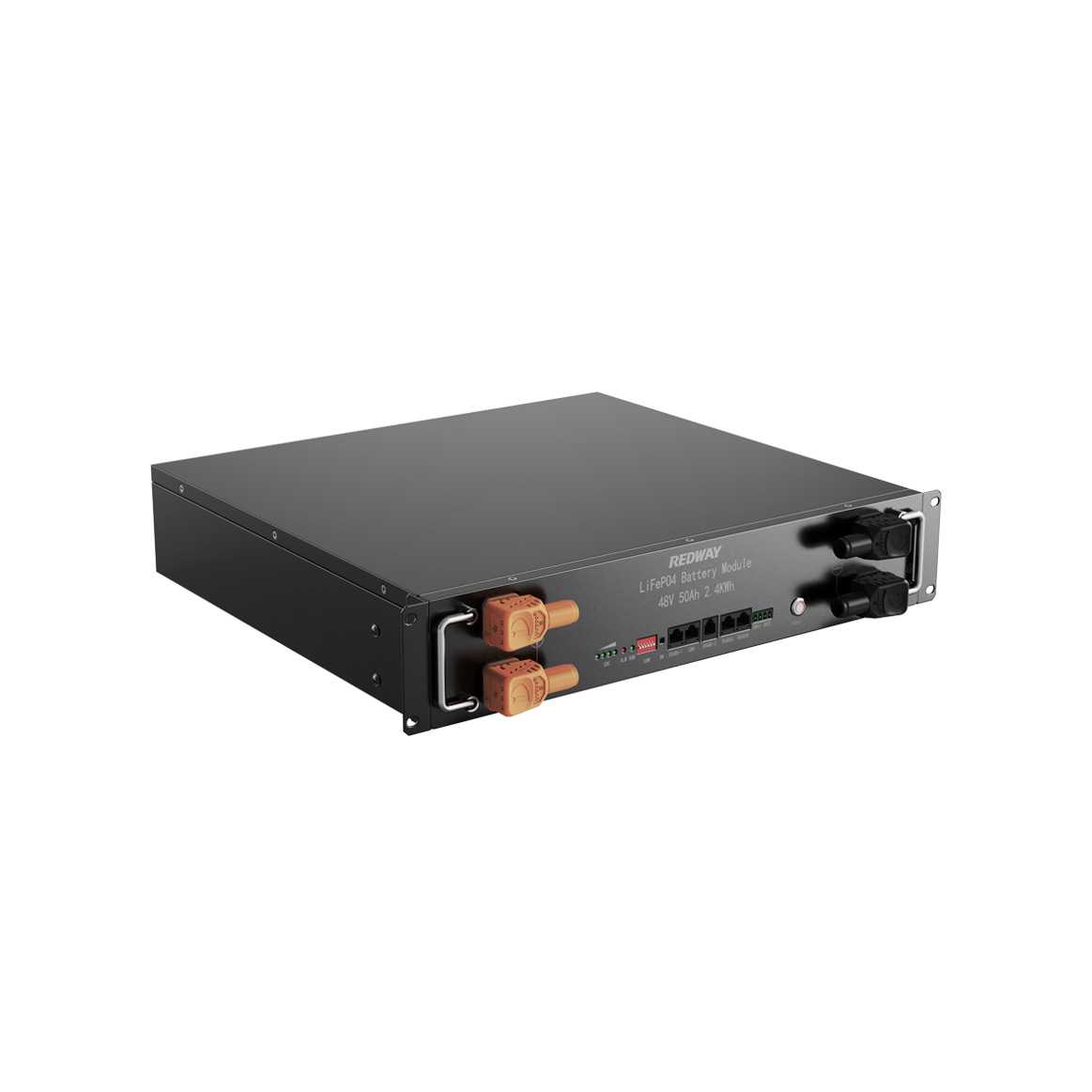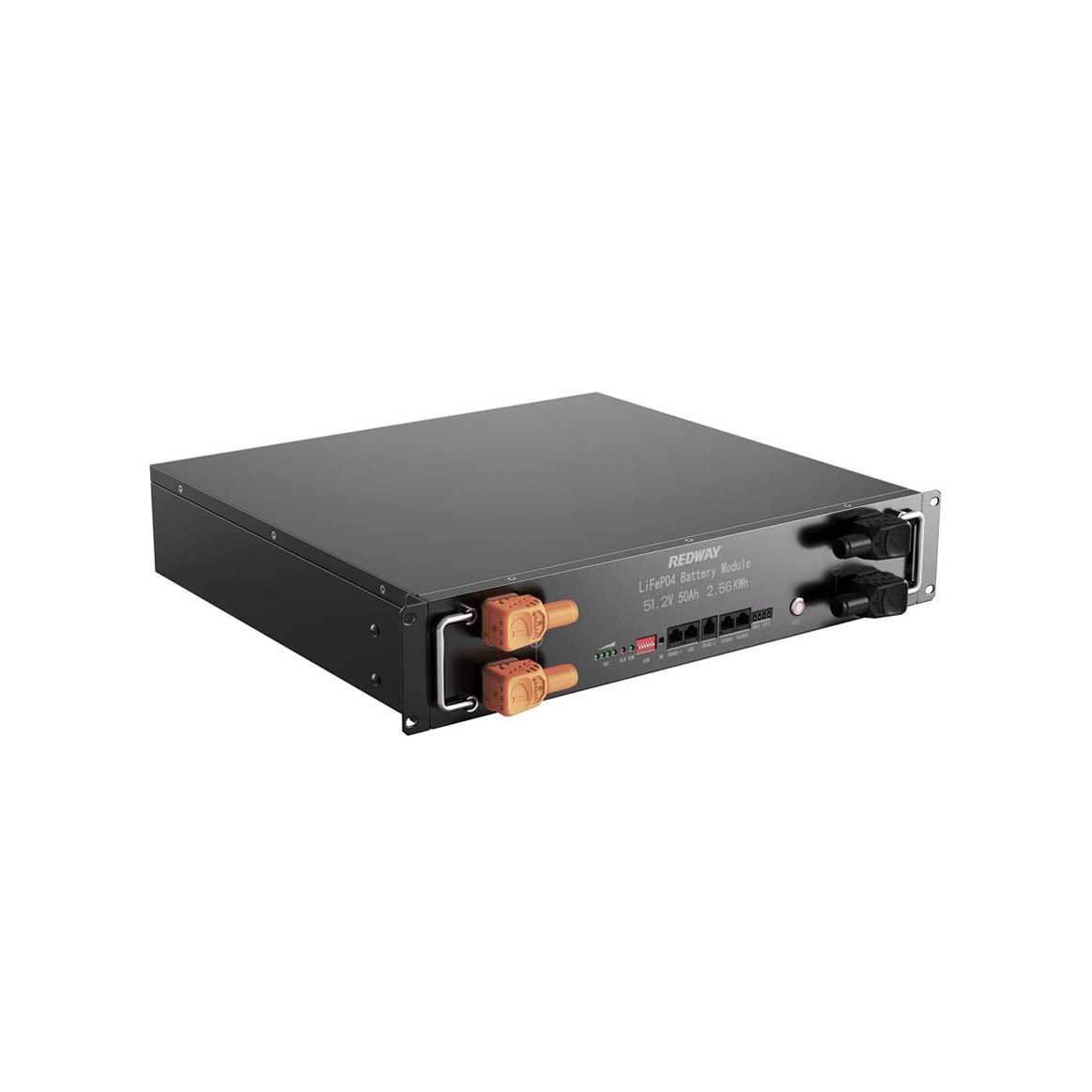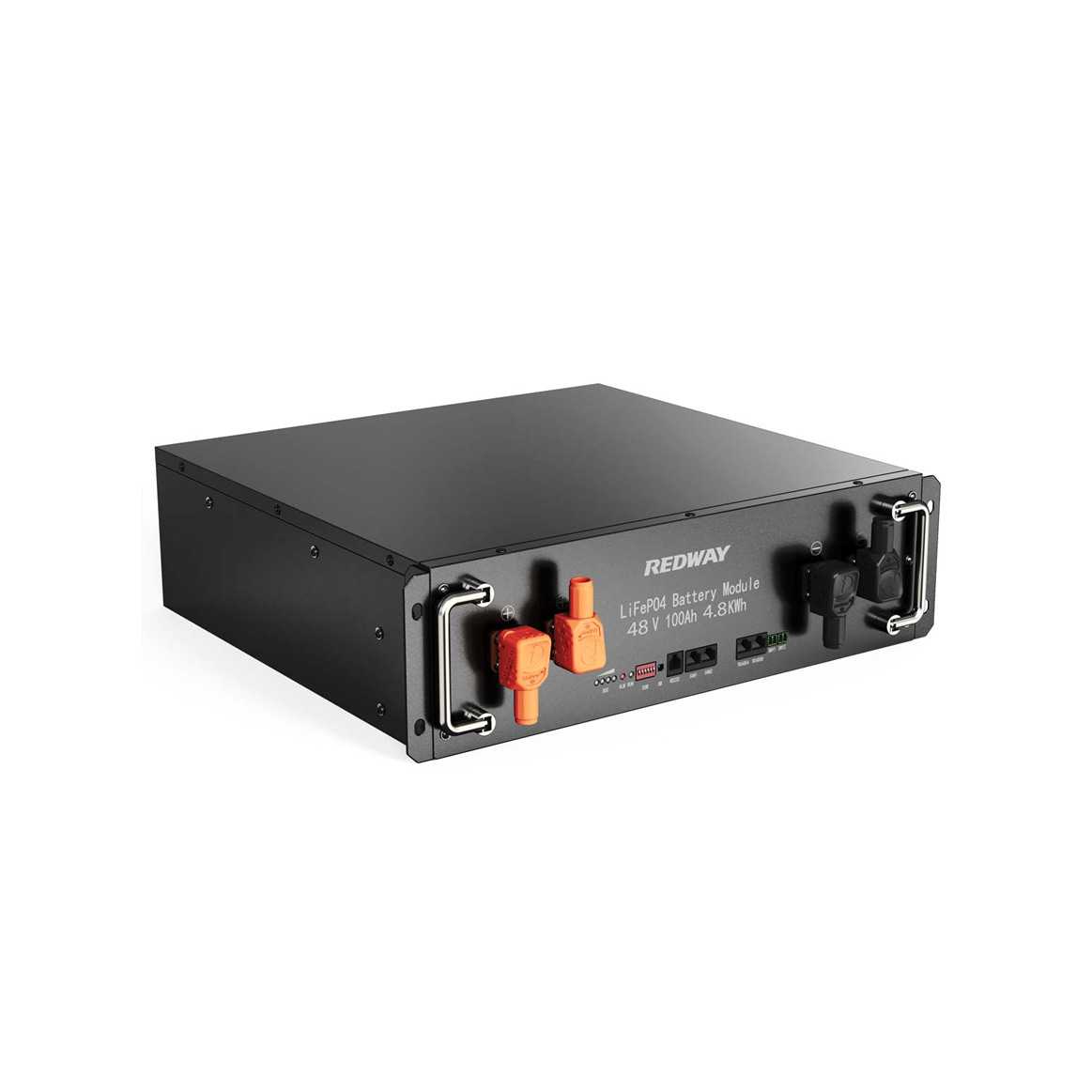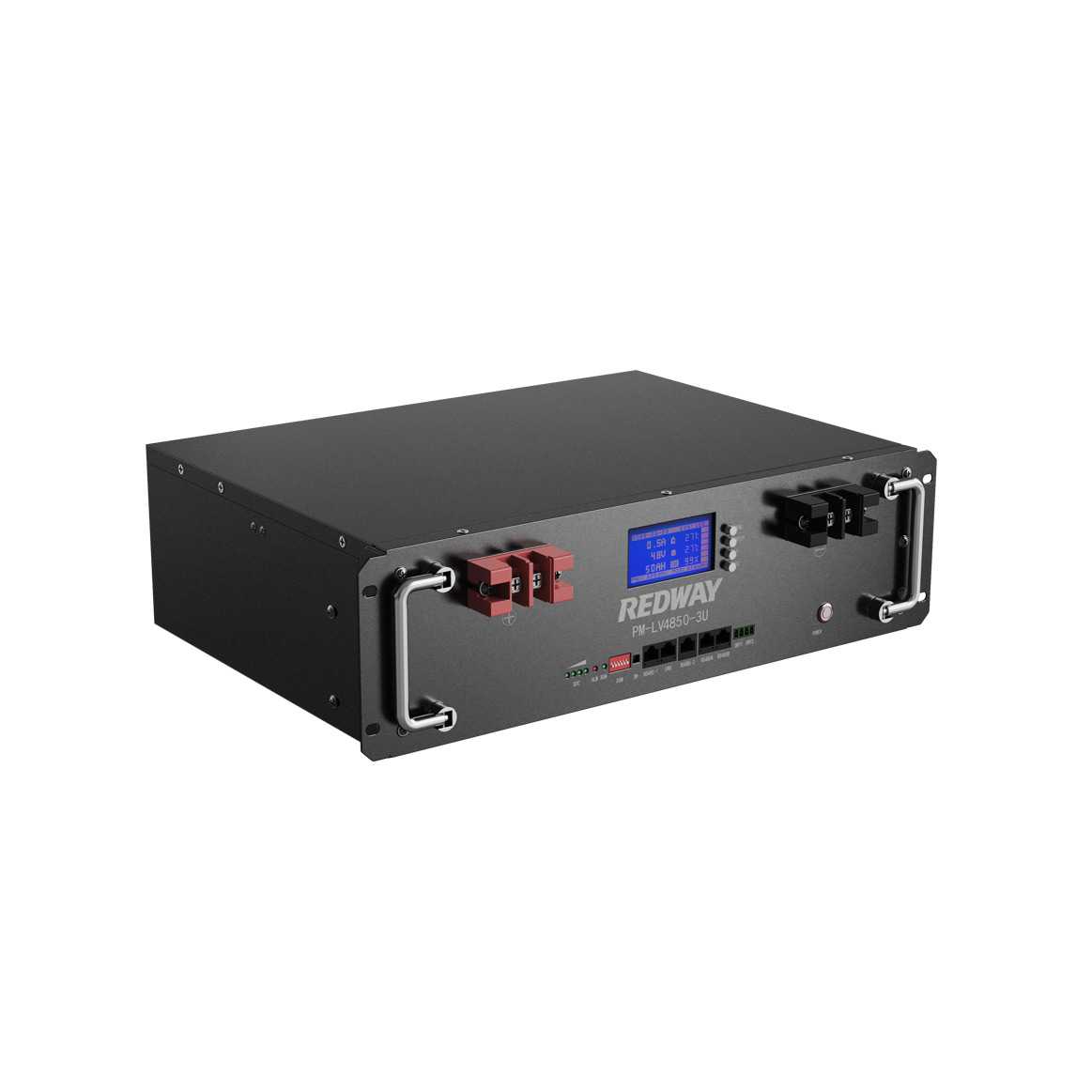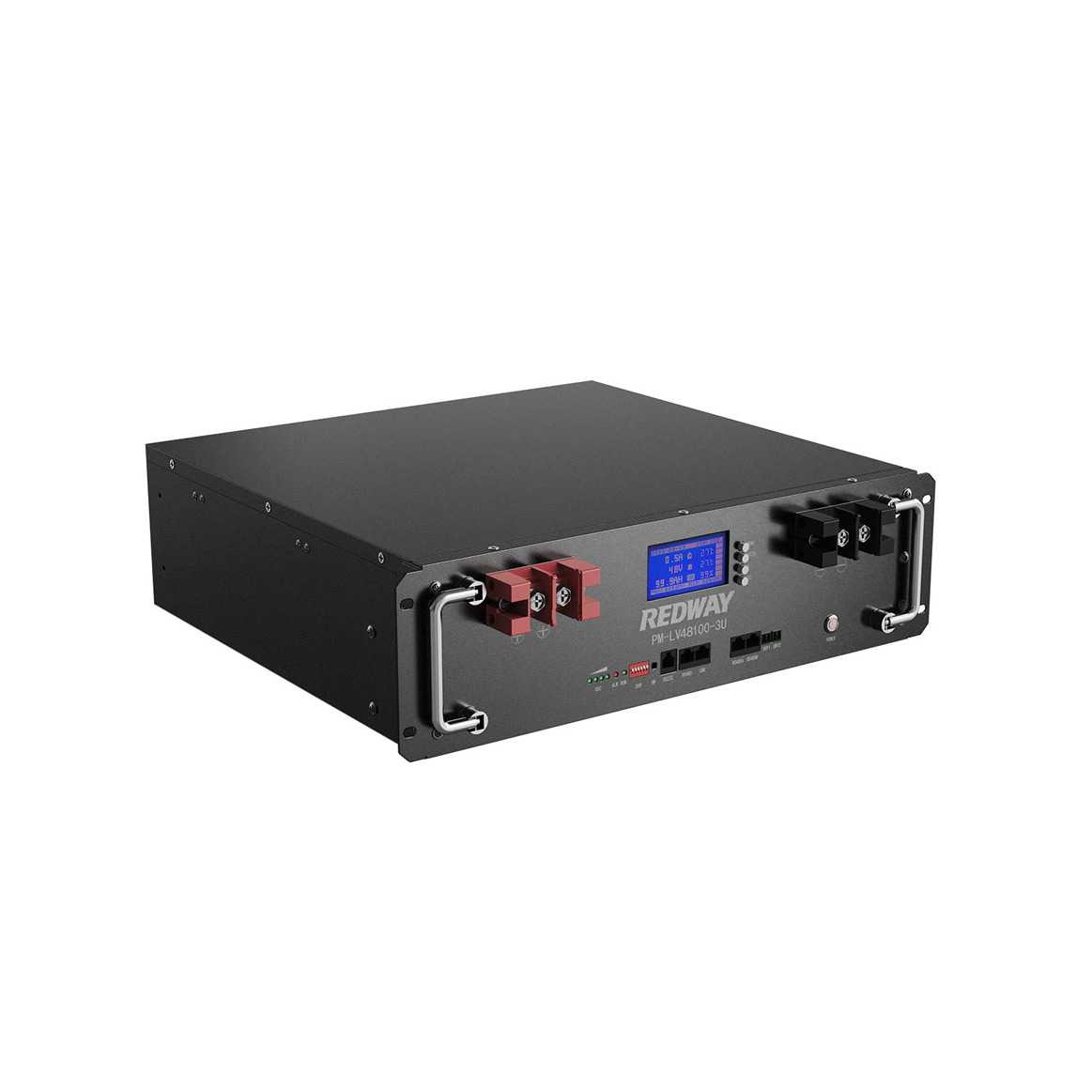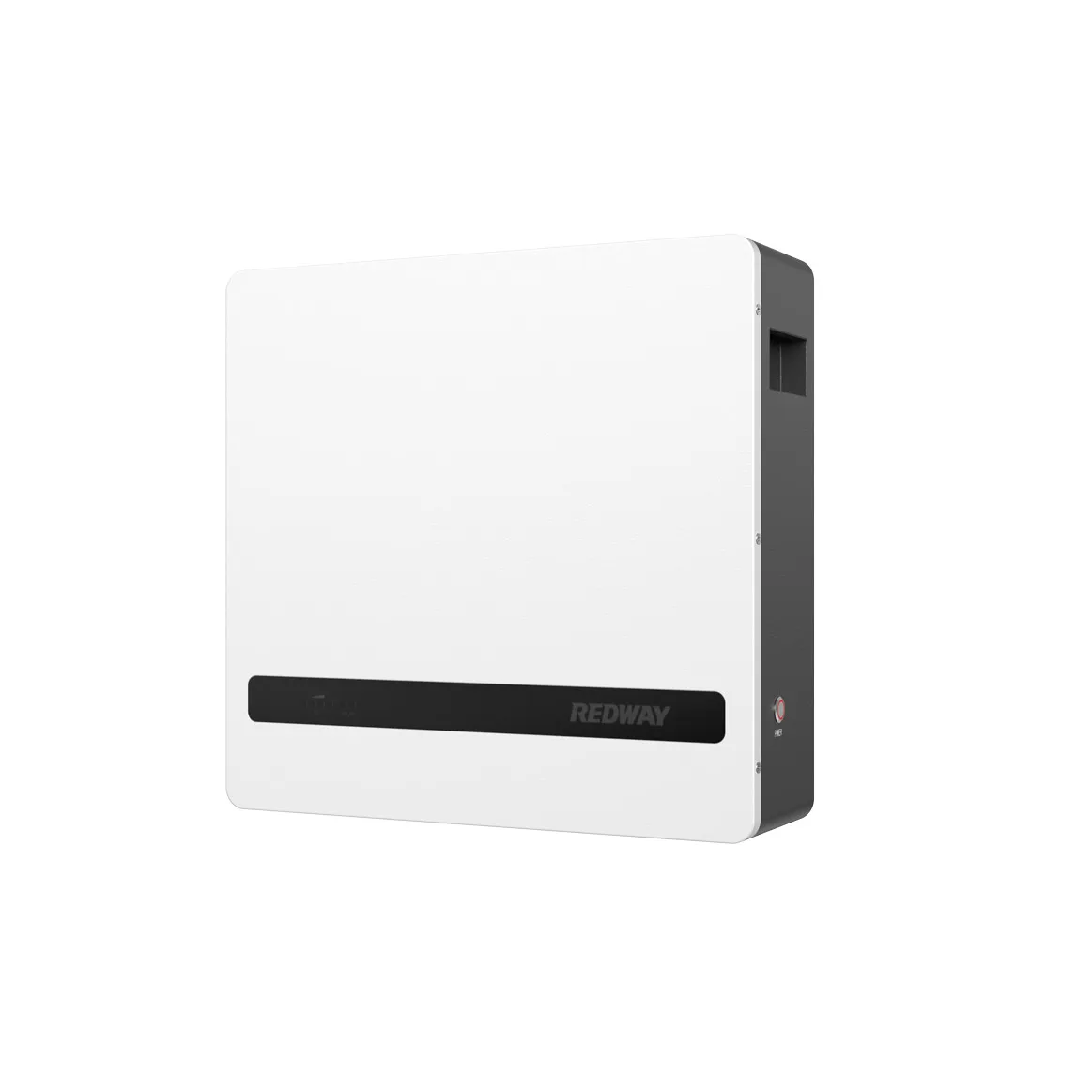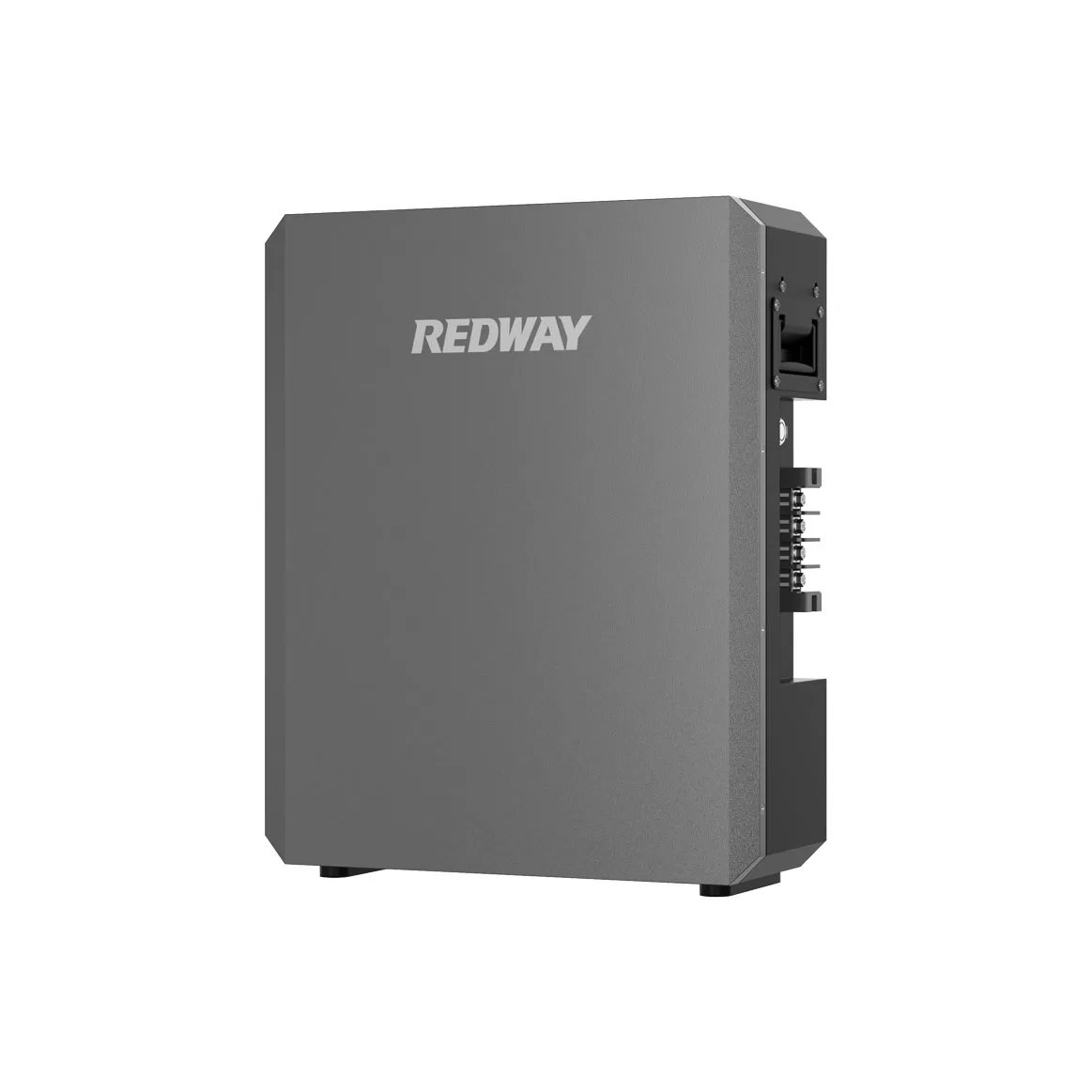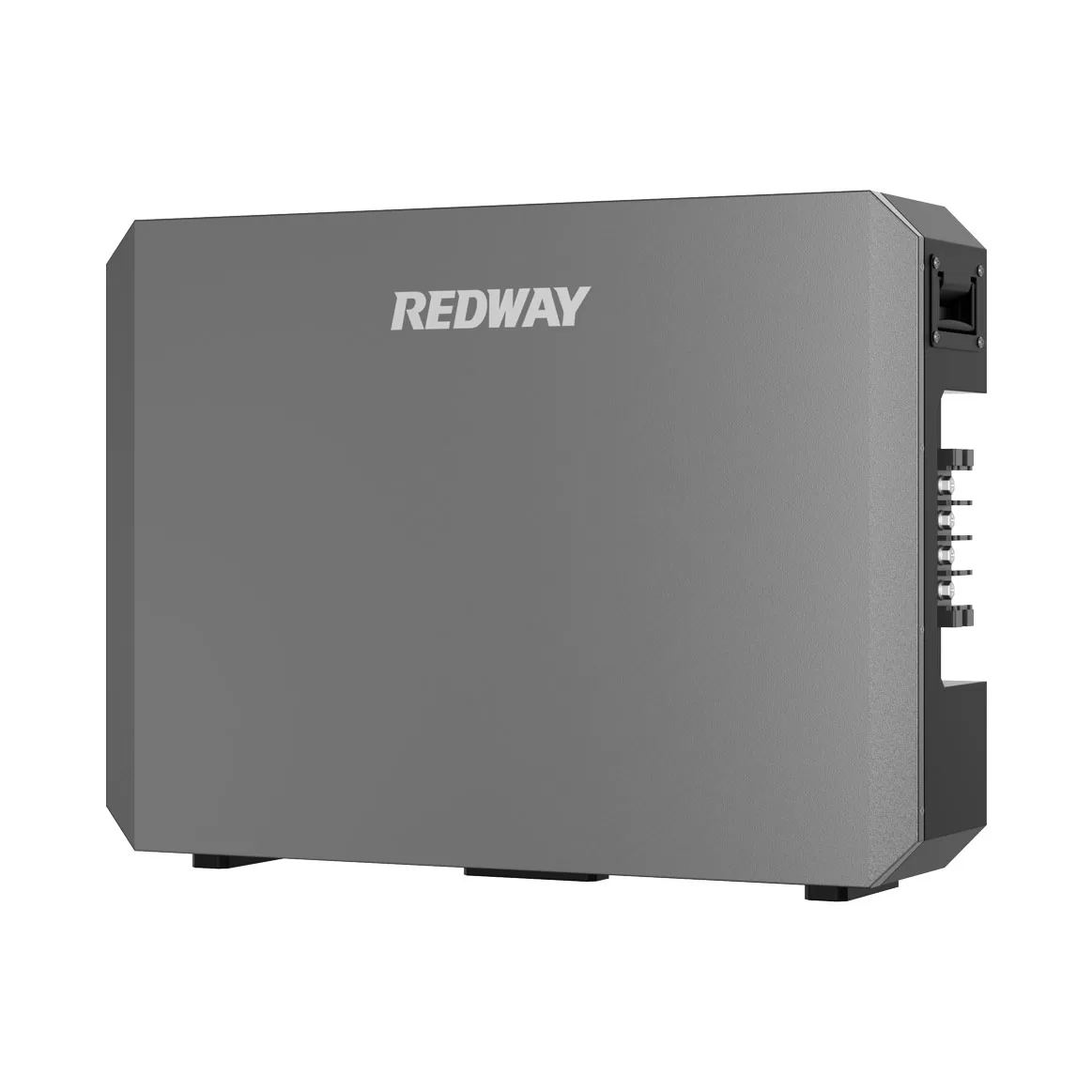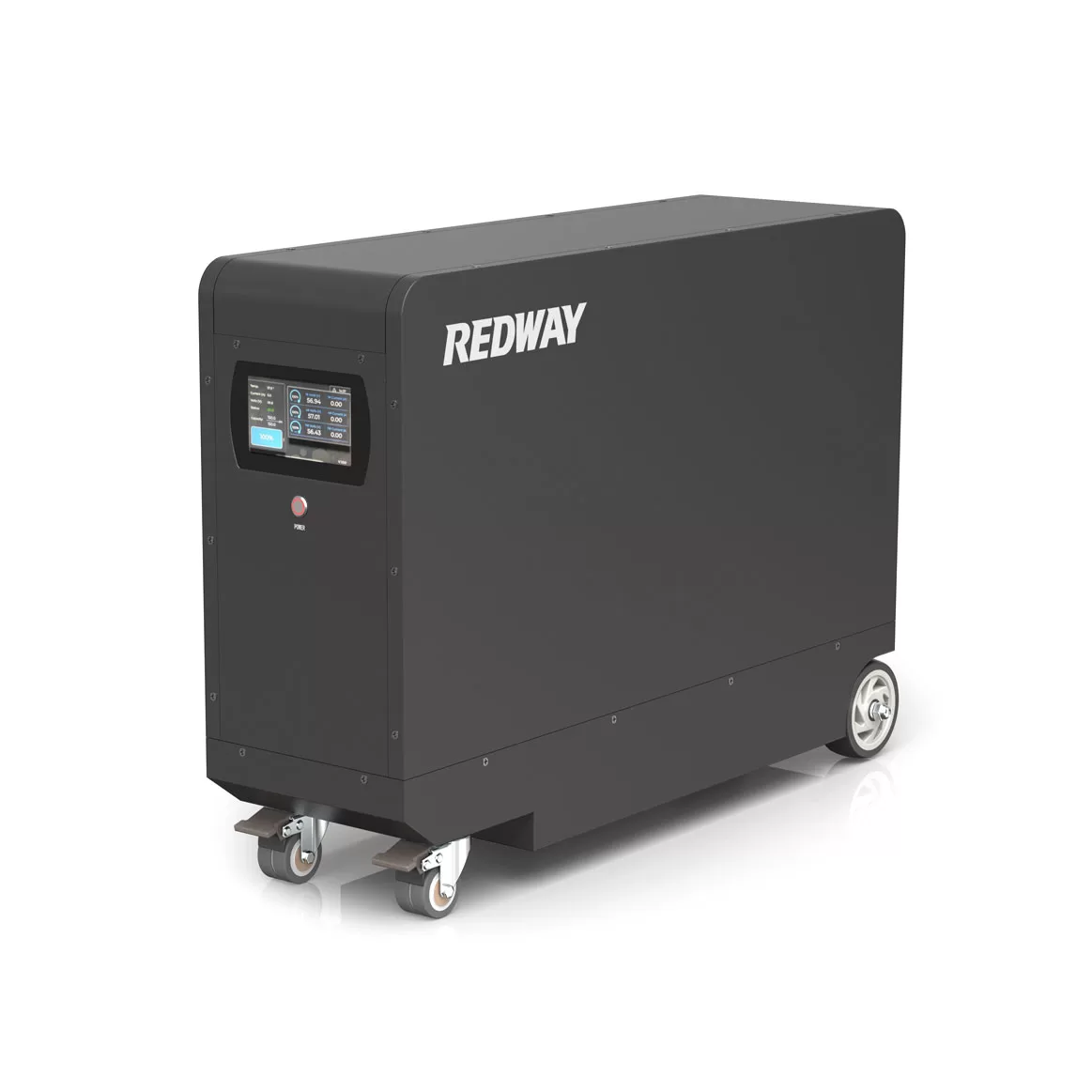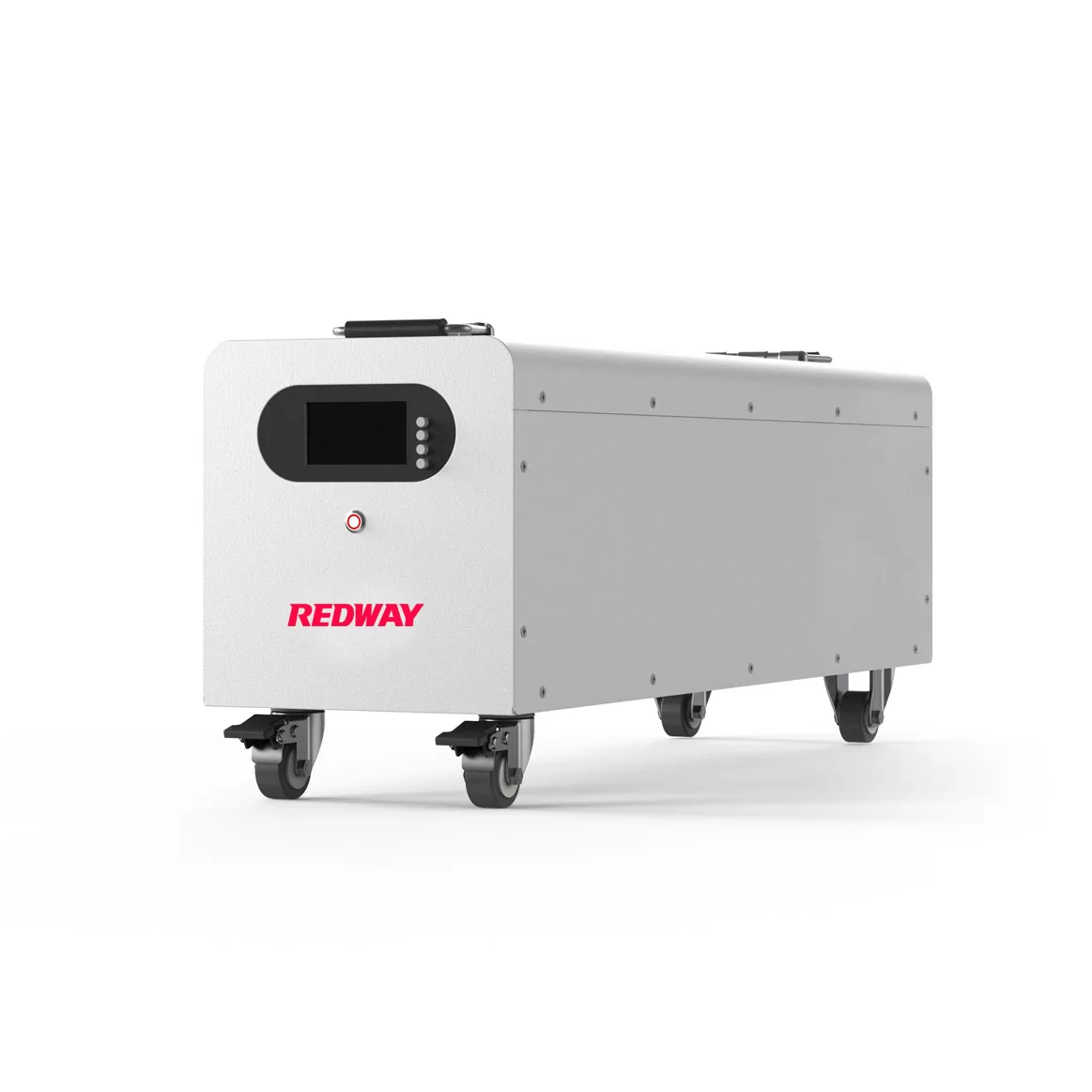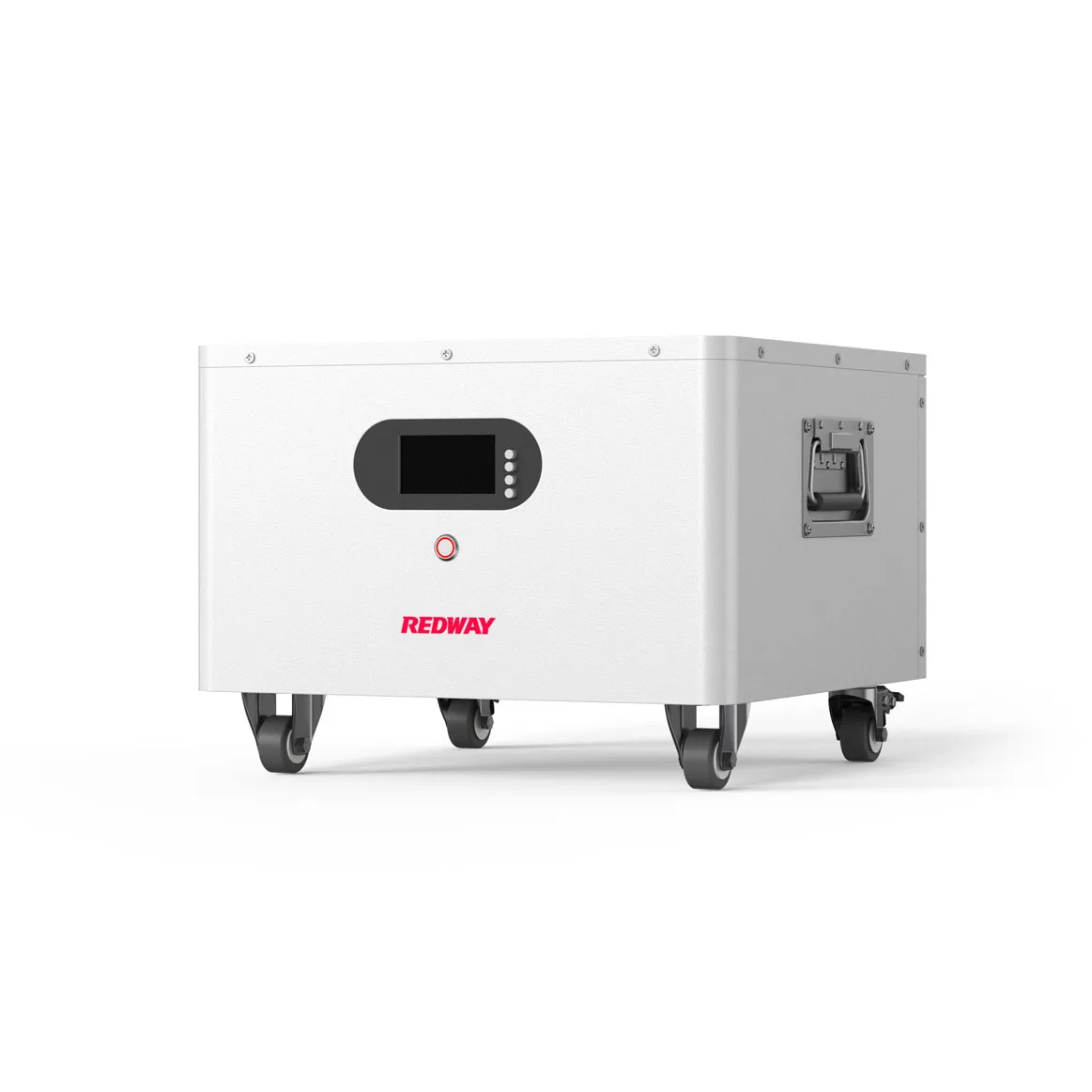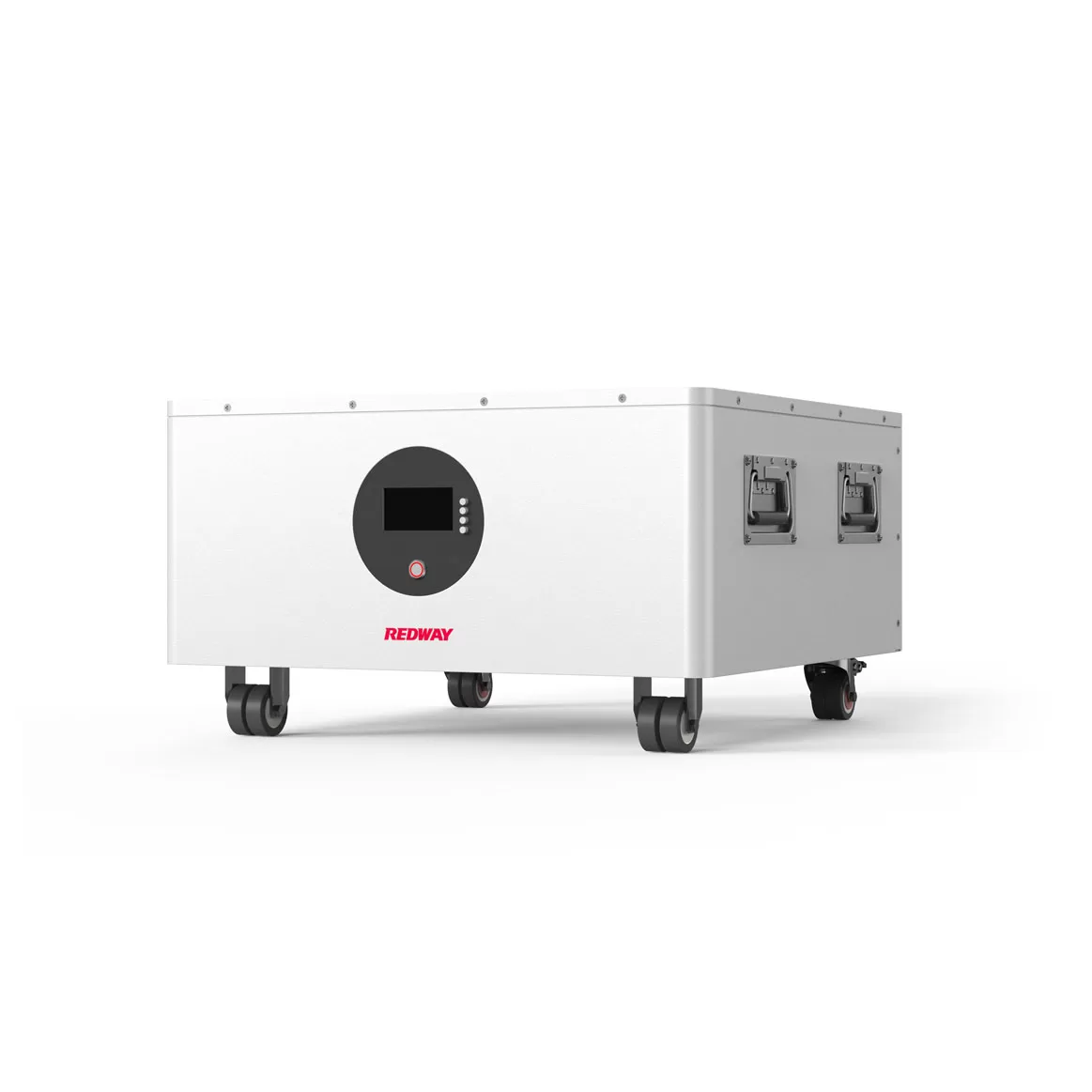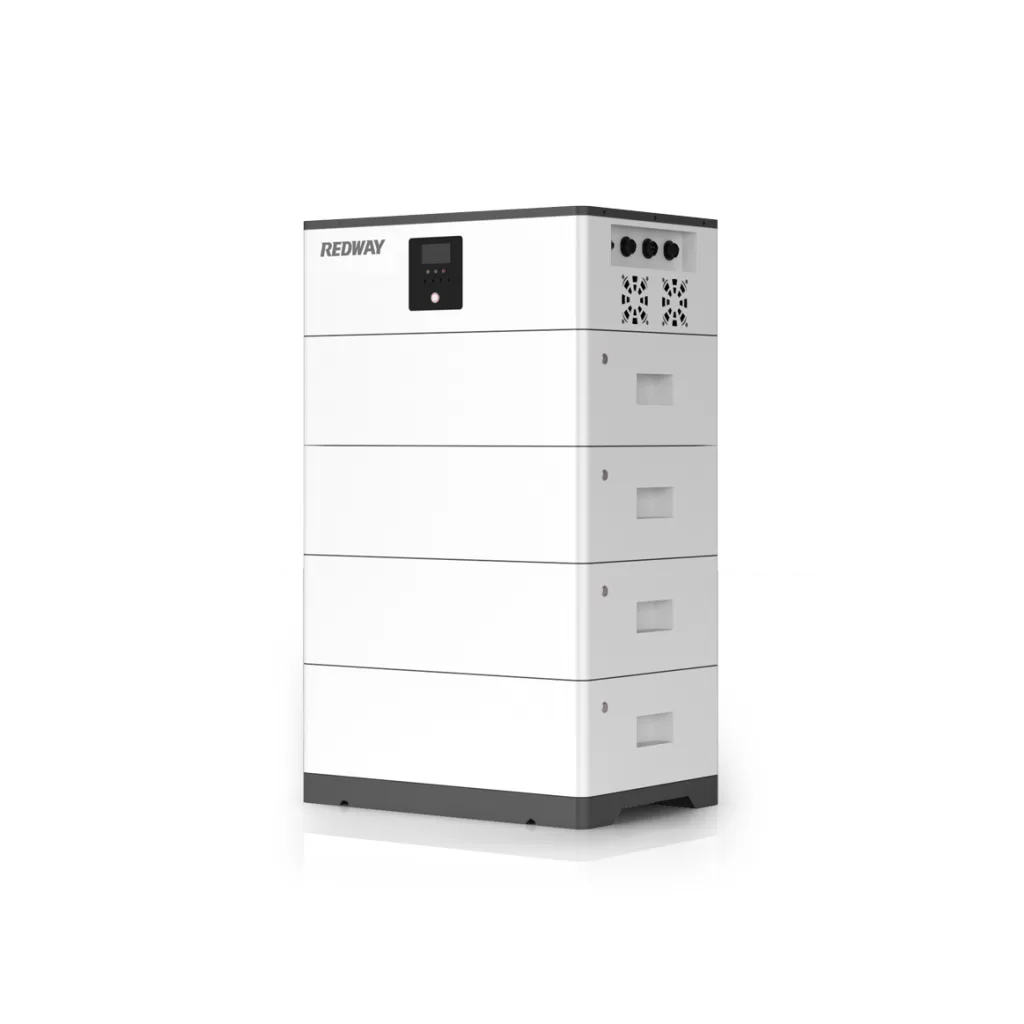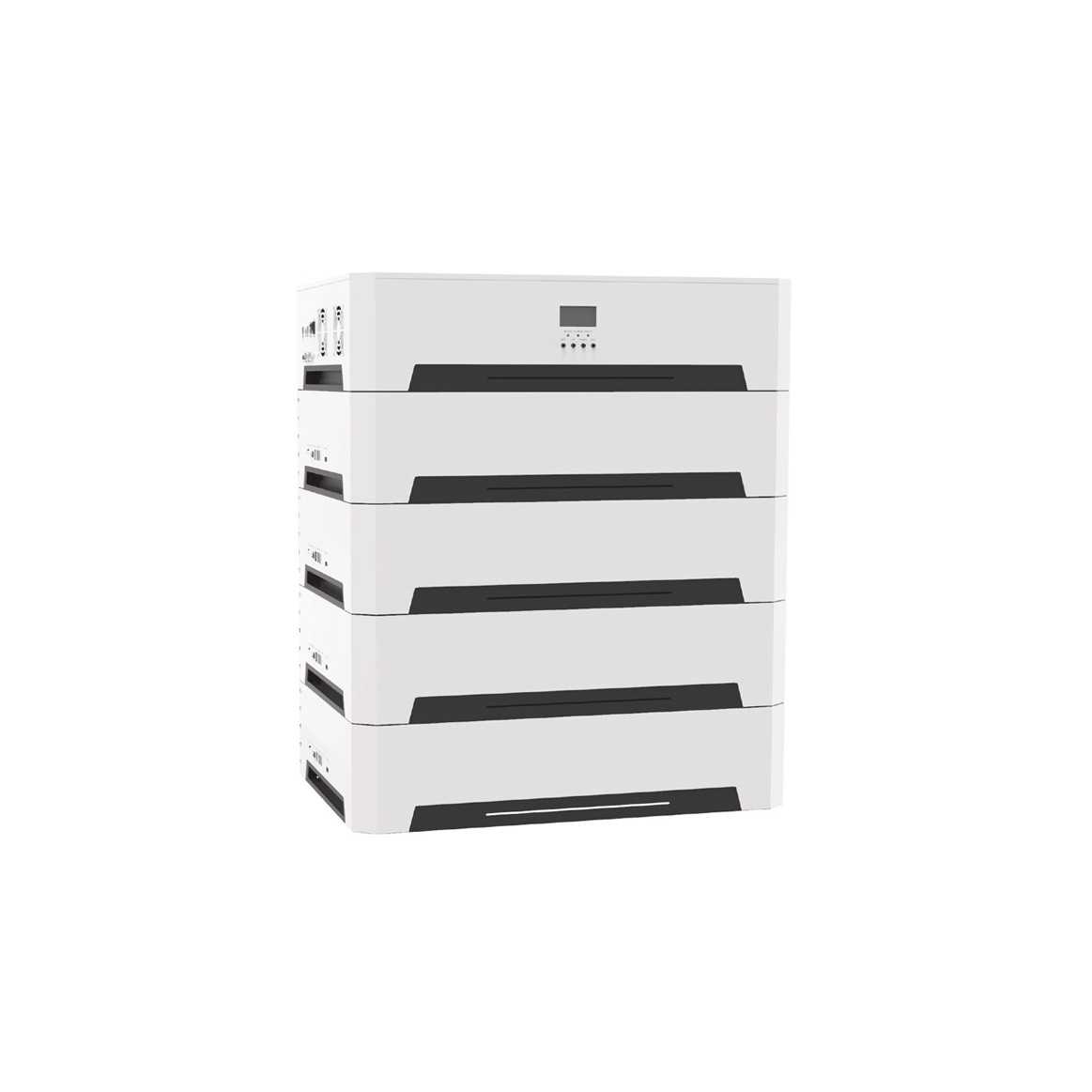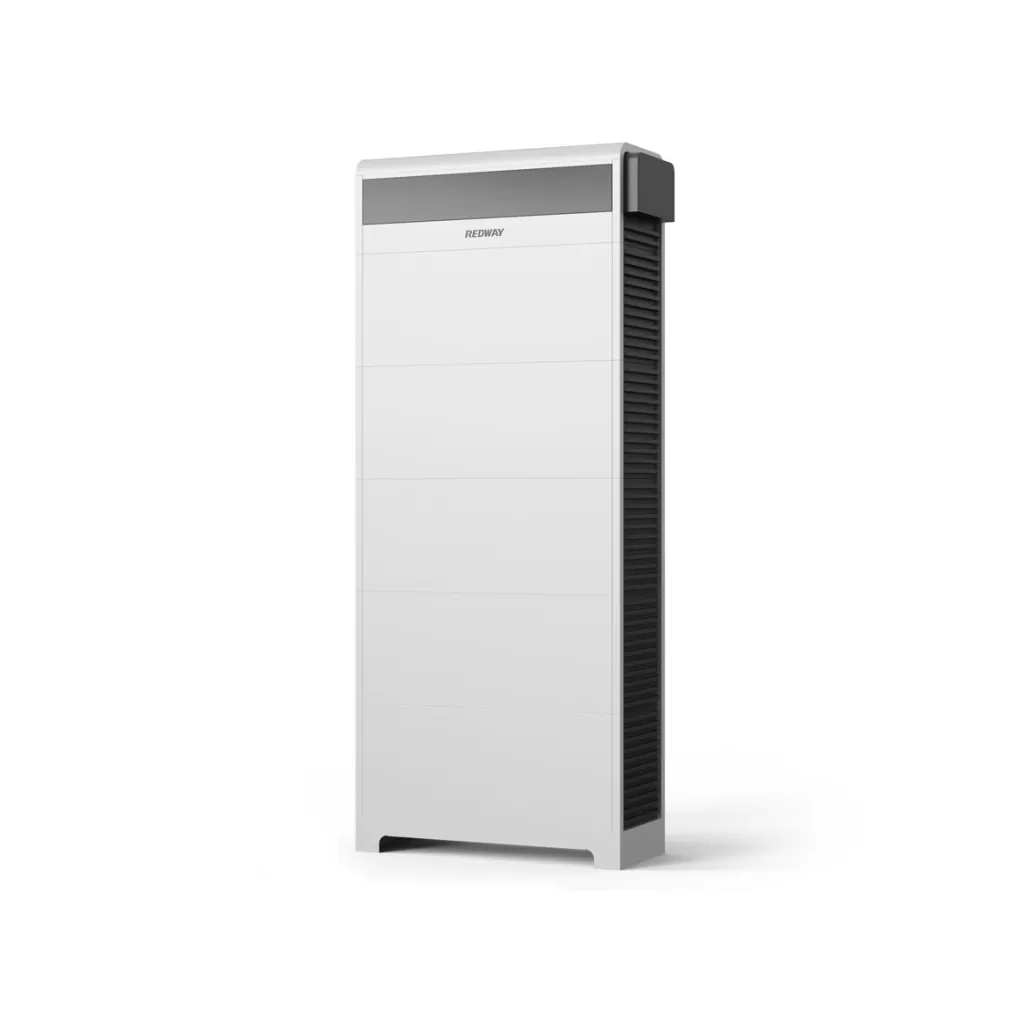مرحبا بك في منشور المدونة الخاص بنا حول كيفية شحن بطارياتك بكفاءة باستخدام شاحن بطارية ليثيوم يعمل بالطاقة الشمسية! في عالم اليوم سريع الخطى ، حيث تعد التكنولوجيا جزءا لا يتجزأ من حياتنا اليومية ، أصبح الحفاظ على تشغيل أجهزتنا أكثر أهمية من أي وقت مضى. سواء كنت تخيم في الهواء الطلق الرائع أو تبحث ببساطة عن طريقة صديقة للبيئة لإعادة شحن أدواتك ، فإن استخدام شاحن بطارية الليثيوم الشمسي يمكن أن يغير قواعد اللعبة. في هذه المقالة ، سوف نتعمق في العالم الرائع لبطاريات الليثيوم أيون ونستكشف الأنواع المختلفة المتاحة. سنوجهك أيضا خلال عملية شحن هذه البطاريات بلوحة شمسية ونناقش ما إذا كانت وحدة التحكم في الشحن بالطاقة الشمسية ضرورية. لذا اجلس واسترخ واستعد لإطلاق العنان لقوة ضوء الشمس بينما نبدأ هذه الرحلة المنيرة معا!
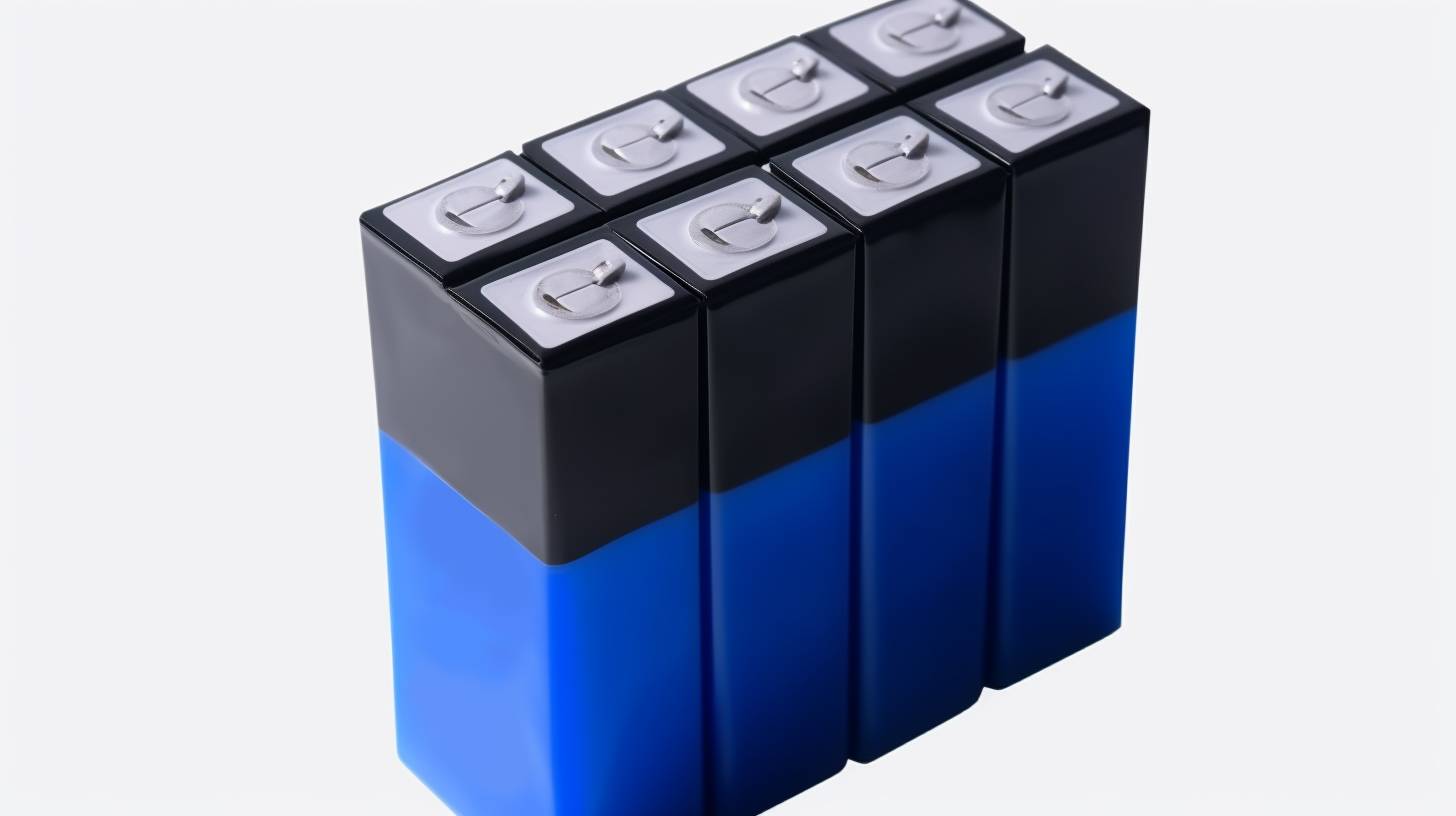
فهم بطاريات الليثيوم أيون
Table of Contents
Toggleفهم بطاريات الليثيوم أيون
أصبحت بطاريات الليثيوم أيون شائعة بشكل متزايد في السنوات الأخيرة بسبب كثافة الطاقة العالية وعمرها الطويل. تستخدم هذه البطاريات بشكل شائع في الأجهزة الإلكترونية المحمولة والمركبات الكهربائية وحتى أنظمة الطاقة المتجددة.
أنواع مختلفة من بطاريات الليثيوم أيون
هناك عدة أنواع مختلفة من بطاريات الليثيوم أيون المتوفرة في السوق اليوم. الأكثر شيوعا تشمل أكسيد كوبالت الليثيوم (LiCoO2) وأكسيد المنغنيز الليثيوم (LiMn2O4) وفوسفات الحديد الليثيوم (LiFePO4). كل نوع له خصائصه الفريدة ومناسب لتطبيقات محددة.
شحن بطاريات ليثيوم أيون بلوحة شمسية
واحدة من أكثر الطرق فعالية لشحن بطارية ليثيوم أيون هي استخدام الألواح الشمسية. تقوم الألواح الشمسية بتحويل ضوء الشمس إلى كهرباء ، والتي يمكن استخدامها بعد ذلك لشحن البطارية. ومع ذلك ، ليست كل الألواح الشمسية متوافقة مع شحن بطاريات الليثيوم أيون.
ما نوع الألواح الشمسية التي يمكنها شحن بطارية ليثيوم أيون؟
لشحن بطارية ليثيوم أيون بشكل فعال باستخدام لوحة شمسية ، من المهم استخدام بطارية ذات جهد وخرج تيار مناسبين. من الناحية المثالية ، يجب عليك اختيار لوحة شمسية تتطابق أو تتجاوز معدل الجهد لبطاريتك.
شحن بطارية ليثيوم أيون
عندما يتعلق الأمر بشحن بطارية ليثيوم أيون بلوحة شمسية ، فهناك بعض الاحتياطات التي تحتاج إلى اتخاذها. من الضروري اتباع تعليمات الشركة المصنعة بعناية وتجنب الشحن الزائد أو الشحن الزائد للبطارية.
خطوات شحن بطارية ليثيوم أيون
فيما يلي بعض الخطوات العامة التي يمكنك اتباعها عند شحن بطارية ليثيوم أيون بلوحة شمسية:
1. قم بتوصيل الألواح الشمسية الخاصة بك بمنظم مناسب أو وحدة تحكم في الشحن.
2. قم بتوصيل المنظم أو وحدة التحكم في الشحن بالبطارية.
3. تأكد من أن جميع الاتصالات آمنة.
4. ضع الألواح الشمسية الخاصة بك في ضوء الشمس المباشر لتحقيق أقصى قدر من الكفاءة.
5. راقب عملية الشحن بانتظام وافصلها بمجرد شحنها بالكامل.
هل تحتاج إلى وحدة تحكم شحن بالطاقة الشمسية لبطارية ليثيوم أيون؟
في معظم
أنواع مختلفة من بطاريات الليثيوم أيون
أنواع مختلفة من بطاريات الليثيوم أيون
أصبحت بطاريات الليثيوم أيون شائعة بشكل متزايد بسبب كثافة الطاقة العالية وعمرها الأطول ووزنها الأخف مقارنة ببطاريات الرصاص الحمضية التقليدية. ومع ذلك ، لا يتم إنشاء جميع بطاريات الليثيوم أيون على قدم المساواة. هناك أنواع مختلفة من بطاريات الليثيوم أيون المتوفرة في السوق اليوم.
1. أكسيد الكوبالت الليثيوم (LiCoO2): هذا هو أحد أكثر أنواع بطاريات الليثيوم أيون شيوعا المستخدمة في الإلكترونيات المحمولة مثل الهواتف الذكية وأجهزة الكمبيوتر المحمولة. يوفر كثافة طاقة عالية ولكن لديه قدرة محدودة للشحن والتفريغ السريع.
2. فوسفات الحديد الليثيوم (LiFePO4): هذه البطاريات معروفة بسلامتها ودورة حياتها الطويلة. لديهم كثافة طاقة أقل مقارنة ببطاريات LiCoO2 ولكن يمكنهم التعامل مع تيارات التفريغ الأعلى.
3. أكسيد الكوبالت الليثيوم والنيكل والمنغنيز (NMC): توفر بطاريات NMC توازنا بين خرج الطاقة وسعة تخزين الطاقة والعمر الافتراضي. يتم استخدامها بشكل شائع في السيارات الكهربائية لأنها توفر أداء جيدا واستقرارا حراريا.
4. تيتانات الليثيوم (Li4Ti5O12): تتمتع هذه البطاريات بكفاءة شحن وتفريغ ممتازة ، ودورة حياة طويلة للغاية ، ويمكن أن تعمل بفعالية في درجات الحرارة القصوى.
كل نوع من بطاريات الليثيوم أيون له خصائصه الفريدة التي تجعلها مناسبة لتطبيقات مختلفة تتراوح من الإلكترونيات الاستهلاكية إلى أنظمة تخزين الطاقة المتجددة أو المركبات الكهربائية.
شحن بطاريات ليثيوم أيون بلوحة شمسية
شحن بطاريات ليثيوم أيون بلوحة شمسية
إن استخدام الطاقة الشمسية لشحن بطاريات الليثيوم أيون ليس صديقا للبيئة فحسب ، بل إنه فعال من حيث التكلفة أيضا. تتضمن العملية تسخير الطاقة من الشمس وتحويلها إلى طاقة كهربائية لشحن البطاريات.
للبدء ، ستحتاج إلى لوحة شمسية قادرة على شحن بطاريات الليثيوم أيون. هناك أنواع مختلفة متاحة ، تتراوح من الألواح المحمولة الصغيرة إلى التركيبات الأكبر للاستخدام السكني أو التجاري. من المهم اختيار لوحة تتوافق مع متطلبات الجهد والسعة لبطاريتك المحددة.
بمجرد حصولك على اللوحة الشمسية المناسبة ، يكون شحن بطارية الليثيوم أيون أمرا بسيطا نسبيا. قم بتوصيل الطرف الموجب (+) للوحة الشمسية بالطرف الموجب (+) للبطارية ، وبالمثل قم بتوصيل الأطراف السالبة (-) معا.
قبل البدء في عملية الشحن ، تأكد من وجود ما يكفي من ضوء الشمس الساقط على الألواح الشمسية للشحن الفعال. بالإضافة إلى ذلك ، تأكد من توصيل كلا الطرفين بإحكام لتجنب أي انقطاع أثناء الشحن.
يوصى باتباع خطوات معينة أثناء شحن بطارية ليثيوم أيون بلوحة شمسية. تحقق مما إذا كانت هناك أي عوائق تمنع أشعة الشمس من الوصول إلى اللوحة. راقب الظروف الجوية حيث يمكن أن تؤثر السماء الملبدة بالغيوم على كفاءة الشحن. اترك وقتا كافيا للشحن الكامل لأن هذا قد يختلف اعتمادا على عوامل مثل سعة البطارية وتوافر ضوء الشمس.
من خلال استخدام النظام الشمسي لشاحن بطارية الليثيوم ، يمكنك الاستمتاع بالعديد من المزايا مثل انخفاض تكاليف الكهرباء وتقليل الاعتماد على الوقود الأحفوري. بالإضافة إلى ذلك ، يساعد استخدام مصادر الطاقة المتجددة في تقليل انبعاثات الكربون ويساهم في خلق مستقبل مستدام.
To efficiently charge your batteries using a lithium battery charger solar system:
– Optimize positioning of your solar panels for maximum exposure.
– Keep them clean and free from debris or dust.
– Utilize an appropriate charge controller compatible with lithium ion batteries.
– Regularly monitor their performance and ensure proper maintenance.
In conclusion,
charging lithium ion batteries with a solar panel offers numerous benefits including environmental sustainability and cost savings. By understanding the different types of lithium ion batteries, choosing the
What Type of Solar Panel can Charge a Lithium Ion Battery?
When it comes to charging a lithium ion battery with a solar panel, choosing the right type of solar panel is crucial. Not all solar panels are created equal, and some may not be compatible with charging lithium ion batteries efficiently.
One important factor to consider is the power output of the solar panel. Lithium ion batteries typically require a certain voltage and current for optimal charging. It’s recommended to use a solar panel that provides enough power to meet these requirements.
Another consideration is the size and portability of the solar panel. If you’re planning on using your lithium battery charger on-the-go or in remote locations, you’ll want a portable and lightweight option that can easily be carried around.
Additionally, it’s important to choose a solar panel with good efficiency ratings. Higher efficiency means more sunlight will be converted into usable energy, resulting in faster and more efficient charging of your lithium ion battery.
Look for features such as built-in charge controllers or regulators. These help protect your battery from overcharging or undercharging by regulating the flow of electricity from the solar panel.
By selecting the right type of solar panel for your specific needs, you can ensure efficient and reliable charging for your lithium ion batteries while harnessing renewable energy from the sun.
Charging a Lithium Ion Battery
Charging a Lithium Ion Battery
When it comes to charging a lithium ion battery, there are a few key steps you need to follow. First and foremost, you’ll want to make sure you have the right equipment on hand. A lithium battery charger solar is an ideal choice for efficiently charging your batteries using renewable energy.
To begin the charging process, connect your solar panel to the lithium battery charger. It’s important to ensure that the solar panel you choose is compatible with lithium ion batteries. Look for panels specifically designed for this purpose, as they will provide optimal performance.
Once connected, simply position your solar panel in direct sunlight. This will allow it to harness the sun’s energy and convert it into electricity that can charge your batteries. Keep in mind that positioning the panel at an angle towards the sun will maximize its efficiency.
Now comes the fun part – watching your battery charge! Depending on various factors such as sunlight intensity and battery capacity, it may take several hours or even days for a full charge. Patience is key here!
During this time, be sure not to disconnect or interrupt the charging process unless absolutely necessary. Doing so could disrupt the flow of energy and potentially damage both your solar panel and battery.
By using a lithium battery charger solar system, you can enjoy several advantages over traditional methods of charging. Not only do these chargers harness clean and renewable energy from the sun, but they also eliminate reliance on electrical outlets or generators.
Furthermore, utilizing a solar-powered charger helps reduce carbon emissions associated with conventional power sources like coal or gas-fired electricity grids. So not only are you saving money in long-term electricity costs but also contributing towards sustainable practices.
In conclusion (as per instruction), by following these simple steps and investing in a high-quality lithium battery charger solar system,
you can efficiently charge your batteries while minimizing environmental impact.
Remember: Harnessing nature’s power through clean energy sources is always a win-win situation!
Steps to Charge a Lithium Ion Battery
Steps to Charge a Lithium Ion Battery
Charging a lithium ion battery using solar power is not as complicated as it may sound. In fact, it can be quite straightforward if you follow the right steps. Here are some simple guidelines to efficiently charge your lithium ion batteries using a solar panel.
Ensure that your solar panel is receiving an adequate amount of sunlight. Ideally, place it in direct sunlight during peak hours for maximum efficiency. This will help generate enough energy to charge your batteries effectively.
Next, connect the positive and negative terminals of the solar panel to the corresponding terminals on the lithium ion battery charger. Make sure the connections are secure and tight to avoid any interruptions during charging.
Once everything is properly connected, turn on the switch or button on your charger to start the charging process. Keep an eye on the LED indicators or display screen of your charger to monitor its progress and ensure that it is functioning correctly.
It’s important to note that charging times may vary depending on factors such as weather conditions and battery capacity. Be patient and allow sufficient time for complete charging.
After the battery has been fully charged, disconnect all connections from both ends carefully. Ensure that you remove them gently but firmly without causing any damage or short circuits.
Remember, safety should always be a priority when dealing with electricity and batteries. Follow these steps diligently while keeping in mind any specific instructions provided by manufacturers for your particular charger model.
By following these simple steps, you can efficiently charge your lithium ion batteries using a solar panel setup!
Do You Need a Solar Charge Controller for a Lithium Ion Battery?
Do You Need a Solar Charge Controller for a Lithium Ion Battery?
When it comes to charging your lithium ion battery using solar power, you might be wondering if you need a solar charge controller. The answer is yes! A solar charge controller plays an important role in ensuring that your battery receives the right amount of charge and prevents overcharging.
A solar charge controller acts as a regulator between the solar panel and the battery. It helps maintain the proper voltage levels during charging and prevents damage caused by overcharging or undercharging. With its built-in intelligence, it monitors and adjusts the charging process to maximize efficiency.
Without a solar charge controller, there is a risk of damaging your lithium ion battery due to inconsistent or excessive charging currents. Over time, this can lead to reduced capacity and shorter lifespan of your batteries.
Investing in a high-quality solar charge controller specifically designed for use with lithium ion batteries is essential for optimal performance and longevity. It will ensure that your batteries are charged efficiently while protecting them from potential harm caused by improper charging.
Remember, when it comes to powering your devices with renewable energy sources like solar power, don’t overlook the importance of including a reliable solar charge controller in your setup.
Advantages of Using a Lithium Battery Charger Solar
Advantages of Using a Lithium Battery Charger Solar
Using a lithium battery charger solar offers several advantages compared to traditional charging methods. First and foremost, it harnesses the power of the sun, which is an abundant and renewable energy source. This means that you can charge your batteries without relying on electricity from the grid or burning fossil fuels.
Another advantage is that solar chargers are portable and versatile. You can easily take them with you on camping trips, outdoor adventures, or even use them during power outages. They provide a convenient way to keep your devices powered up wherever you go.
Furthermore, lithium battery chargers solar are environmentally friendly. By using clean energy from the sun, they help reduce greenhouse gas emissions and minimize your carbon footprint. This makes them a more sustainable choice for powering your electronic devices.
In addition to being eco-friendly, solar chargers also save you money in the long run. Once you invest in a quality charger, sunlight becomes essentially free fuel for charging your batteries. You won’t have to worry about rising electricity costs or spending money on disposable batteries anymore.
Using a lithium battery charger solar promotes energy independence. With this technology at hand, you become less reliant on external sources of power and gain more control over how and when you charge your batteries.
To fully enjoy these advantages and maximize efficiency while using a lithium battery charger solar, there are some tips worth considering (which we’ll discuss later). With proper usage techniques in place, you can ensure that every bit of sunlight translates into optimal charging performance for your batteries!
Tips for Efficiently Charging Your Batteries
When it comes to efficiently charging your batteries using a lithium battery charger solar, there are a few tips that can help maximize the performance and lifespan of your batteries. Here are some important points to keep in mind:
1. Optimize Solar Panel Placement: Ensure that your solar panel is positioned in an area where it receives maximum sunlight throughout the day. This will ensure optimal charging efficiency.
2. Use the Right Charger: Make sure you have a lithium-specific battery charger designed for solar charging. Using the wrong charger can result in undercharging or overcharging, which can damage your batteries.
3. Monitor Charging Levels: Keep an eye on the charge levels of your batteries while they are being charged. Most lithium ion chargers have indicators or displays that show the progress of charging.
4. Avoid Overdischarging: Lithium ion batteries perform best when they are not fully discharged before recharging them. Try to recharge them once they reach around 20-30% capacity remaining to prolong their overall lifespan.
5. Disconnect Unused Devices: If you have multiple devices connected to your battery bank, disconnect any unused devices during solar charging to minimize power loss and improve overall efficiency.
6. Regular Maintenance: Clean and inspect both your solar panel and battery connections regularly to ensure optimum performance and prevent any potential issues from arising.
By following these simple tips, you can efficiently charge your batteries using a lithium battery charger solar and enjoy longer-lasting power for all your portable electronic devices!
Conclusion
Conclusion
Efficiently charging your batteries using a lithium battery charger solar is a smart and sustainable choice. By harnessing the power of the sun, you can ensure that your lithium ion batteries are always ready to go, whether you’re out on an adventure or simply looking to be more self-sufficient.
Throughout this article, we’ve explored the different types of lithium ion batteries and how they can be charged with a solar panel. We’ve also discussed the importance of using a compatible solar panel and following proper steps for charging.
While it may not always be necessary, using a solar charge controller can provide added protection and optimize the charging process for your lithium ion battery. It’s worth considering if you want additional peace of mind.
The advantages of utilizing a lithium battery charger solar are abundant. Not only will it save you money in the long run by reducing electricity costs, but it also reduces carbon emissions and helps protect our environment. Plus, with advancements in technology, these chargers have become more efficient than ever before.
To efficiently charge your batteries using a lithium battery charger solar, remember these tips: position your solar panel properly to maximize sunlight exposure; use appropriate cables and connectors; monitor charging levels regularly; avoid overcharging or discharging too much; store and maintain your batteries correctly.
In conclusion (without writing “in conclusion”), embracing renewable energy sources like solar power is not only beneficial for our planet but also practical for everyday use. With a little knowledge about lithium ion batteries and their optimal charging methods, you’ll be well-equipped to make the most out of your portable power supply while minimizing environmental impact.
So why wait? Start exploring the world powered by clean energy today!
Related Posts
- ما هي عملية إنتاج بطاريات ليثيوم فوسفات الحديد
- كيفية صنع حزمة بطارية 72 فولت 180 أمبير في الساعة لدراجة كهربائية/دراجة ثلاثية العجلات بقدرة 1000-2000 واط
- كيفية شحن بطارية عجلات الطاقة بدون شاحن – استكشاف الطرق وتدابير السلامة
- كيفية شحن بطارية 18650 بدون شاحن: الدليل الكامل
- كيفية تصنيع حزمة بطارية RV بقدرة 12 فولت وسعة 560 أمبير في الساعة (7 كيلو وات في الساعة)، وبطارية LiFePO4
- كيفية تحسين استخدام المساحة والطاقة الاحتياطية باستخدام تقنيات BYD وSMA
